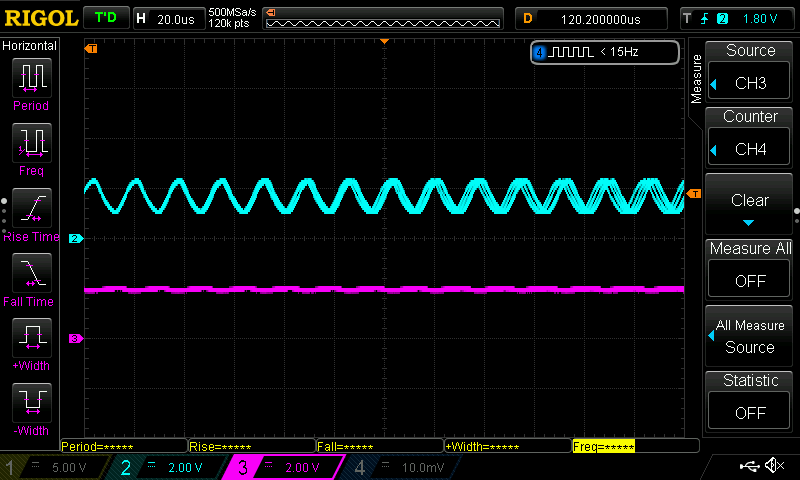Hi,
I wanted to use the TPS63002 to output a reliable 5V from a noisy 5V source. I just used the typical application schematic recommended in the first page of the datasheet but for a 5V output
However, my boards with this circuit are acting like there is a short between power and ground and are maxing out whatever current limit I impose from the power supply. I've isolated it to this circuit through disconnecting things upstream (No current draw at all) and downstream of it (Back to max current draw). It doesn't seem to be a fab issue since it's affecting all boards and my continuity tests show all pins hooked up as intended with no unexpected shorts.
I think it must be an issue with my design. Does anyone see something I'm doing that's obviously wrong? I've triple checked the pin numbering and it seems okay. Any help would be greatly appreciated.
TPS63002DRCT


